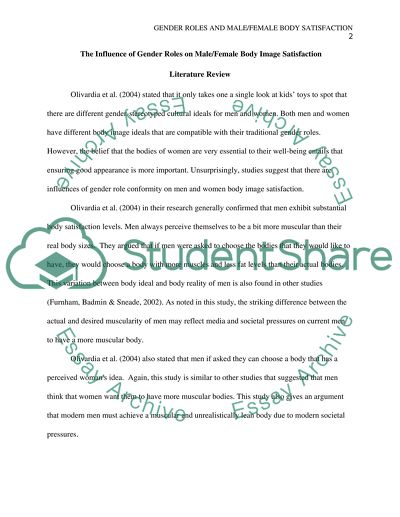Cite this document
(“Literature Review for Proposed Research Topic: The influence of gender”, n.d.)
Retrieved from https://studentshare.org/psychology/1687127-literature-review-for-proposed-research-topic-the-influence-of-gender-role-conformity-on-malefemale-body-image-satisfaction
Retrieved from https://studentshare.org/psychology/1687127-literature-review-for-proposed-research-topic-the-influence-of-gender-role-conformity-on-malefemale-body-image-satisfaction
(Literature Review for Proposed Research Topic: The Influence of Gender)
https://studentshare.org/psychology/1687127-literature-review-for-proposed-research-topic-the-influence-of-gender-role-conformity-on-malefemale-body-image-satisfaction.
https://studentshare.org/psychology/1687127-literature-review-for-proposed-research-topic-the-influence-of-gender-role-conformity-on-malefemale-body-image-satisfaction.
“Literature Review for Proposed Research Topic: The Influence of Gender”, n.d. https://studentshare.org/psychology/1687127-literature-review-for-proposed-research-topic-the-influence-of-gender-role-conformity-on-malefemale-body-image-satisfaction.


